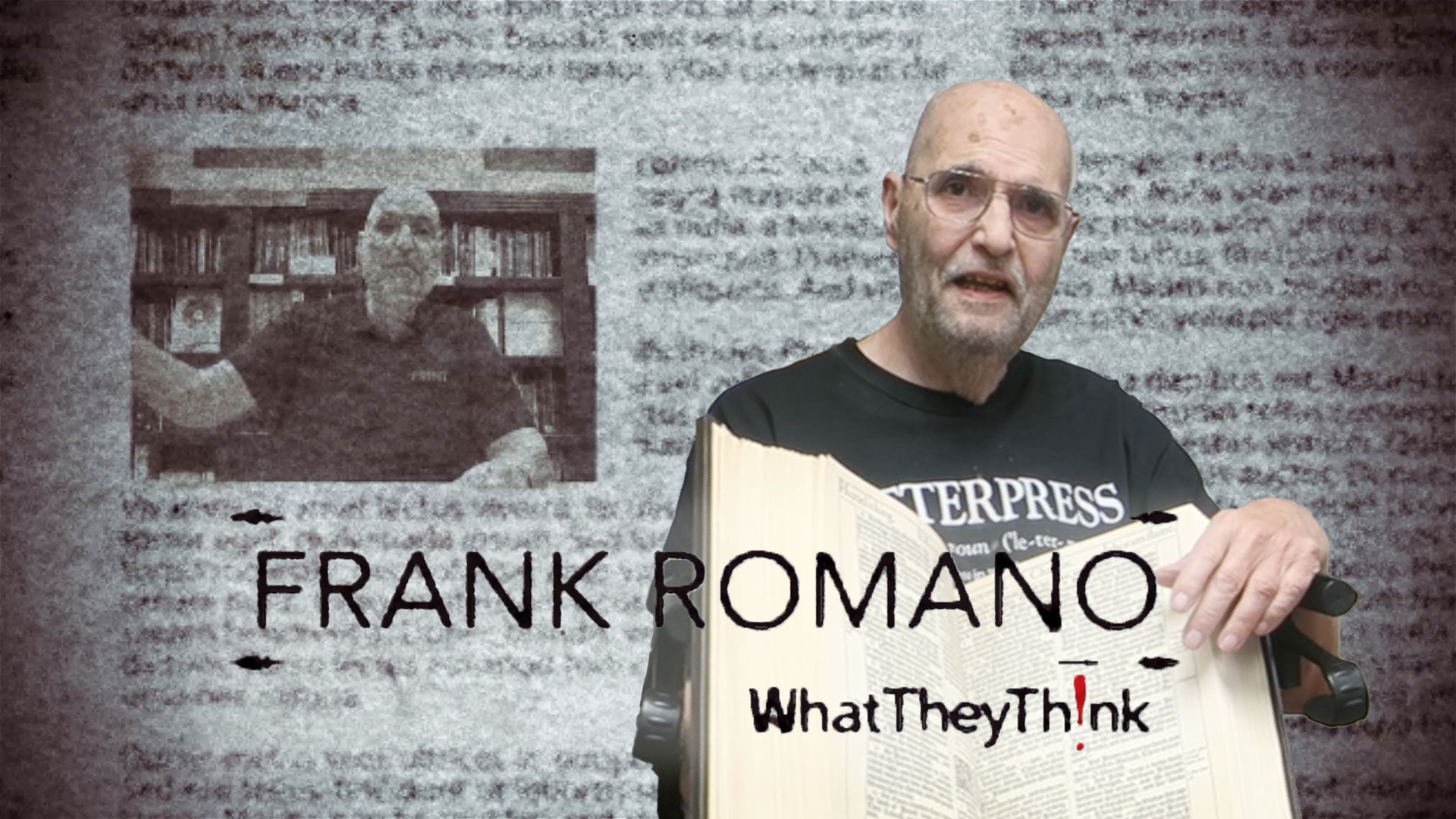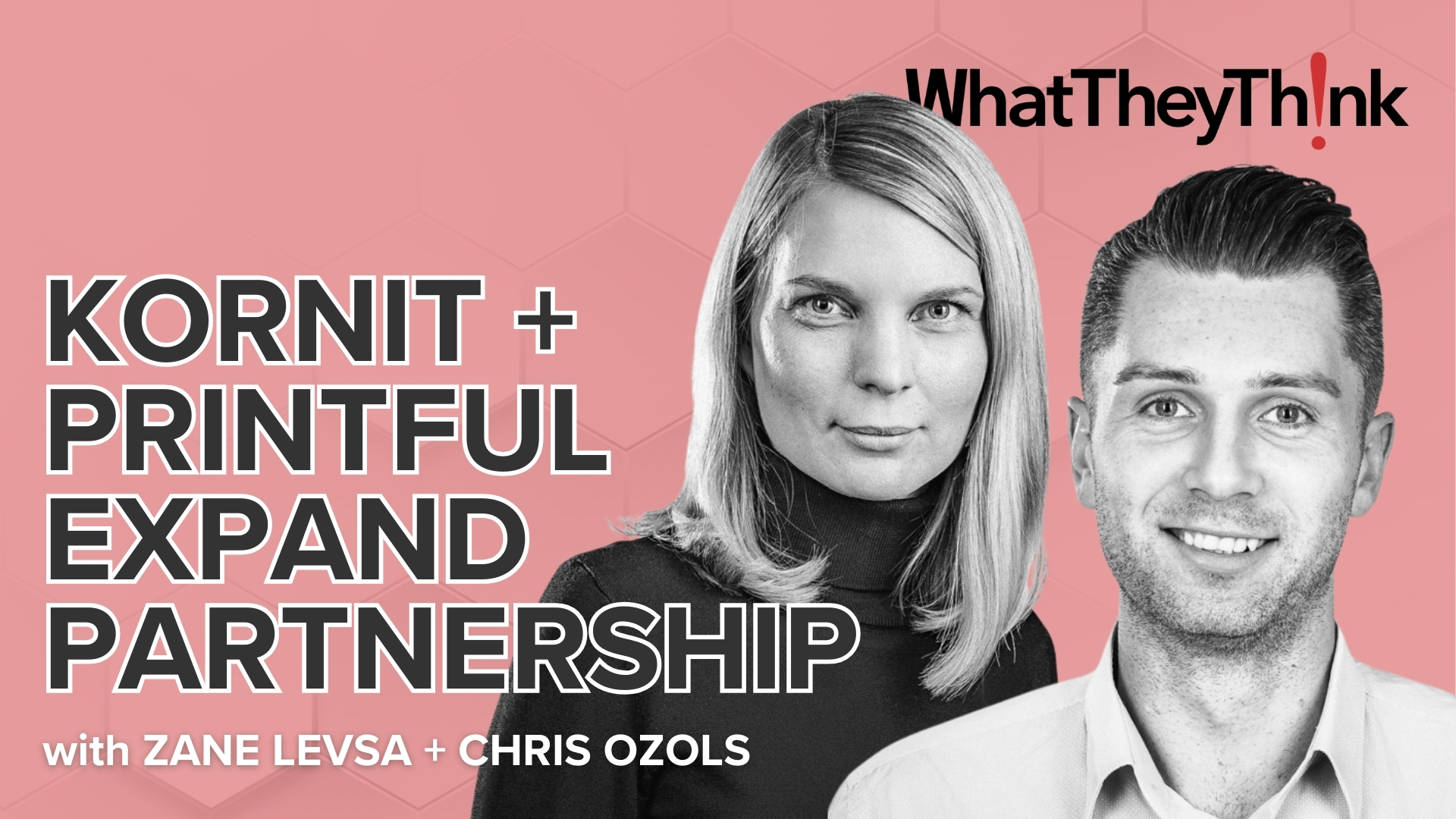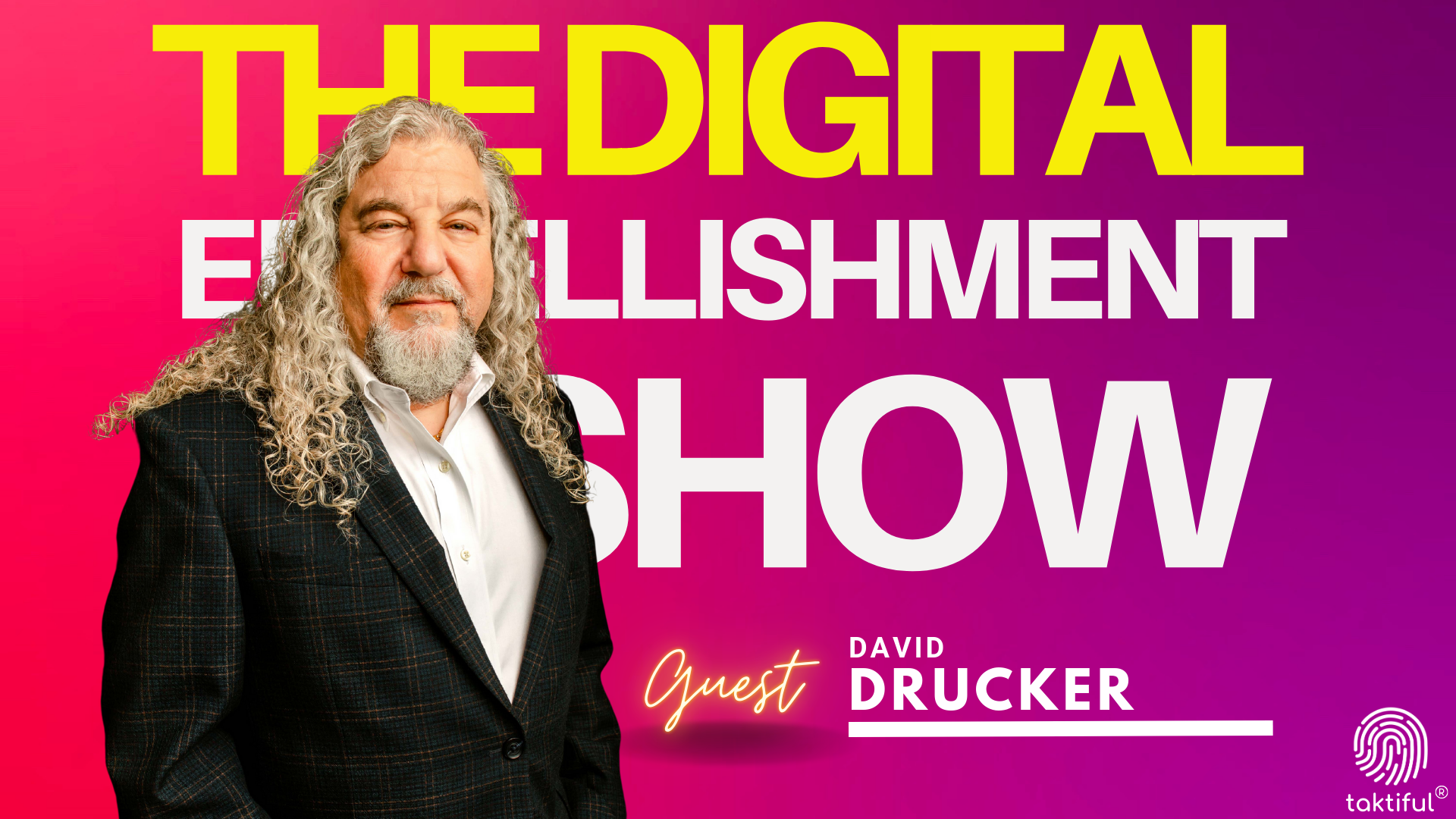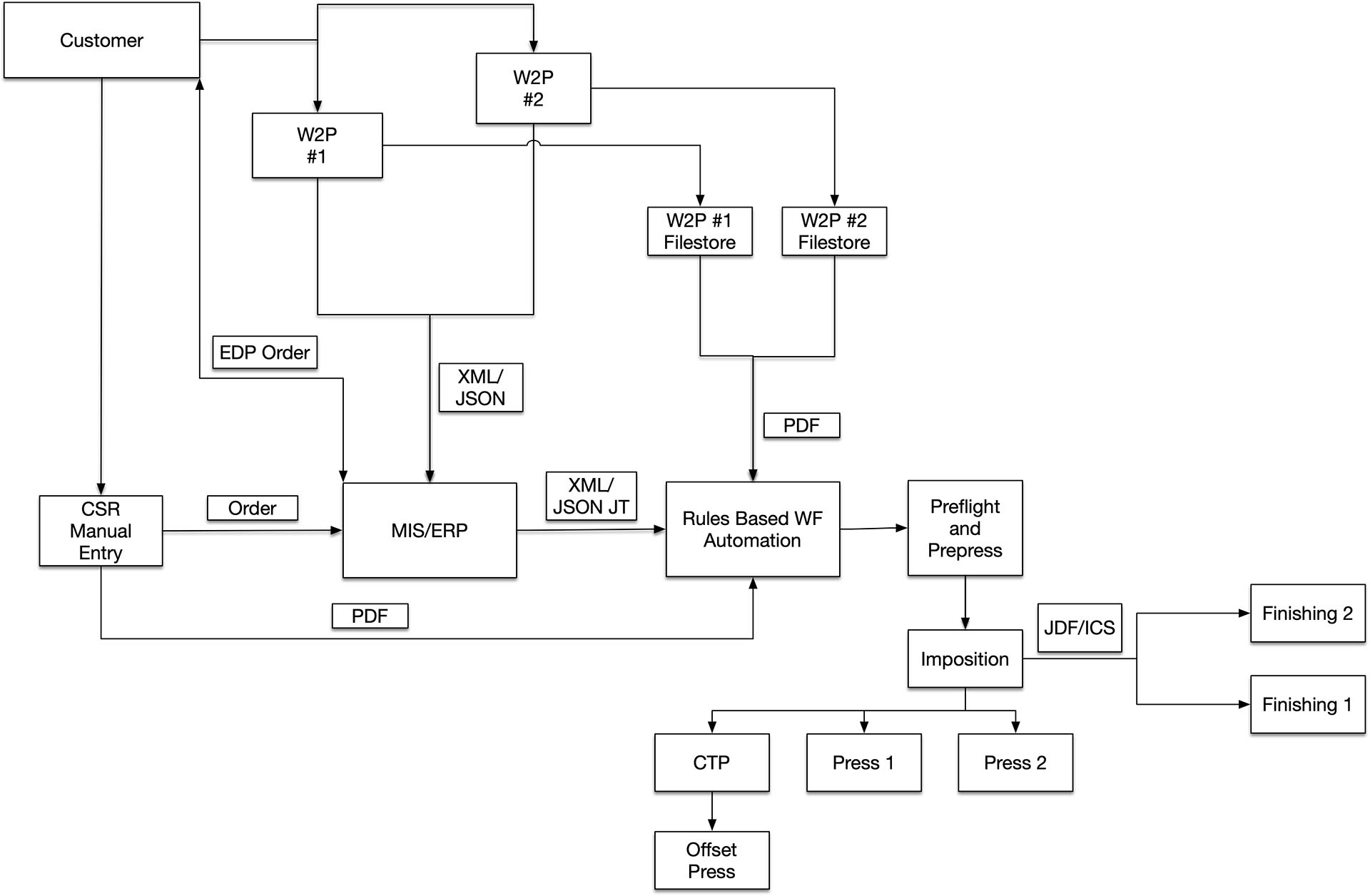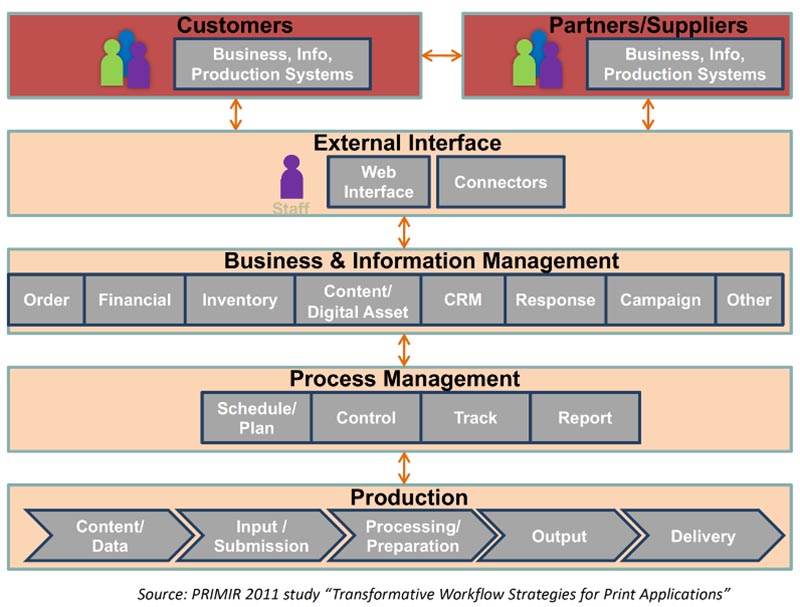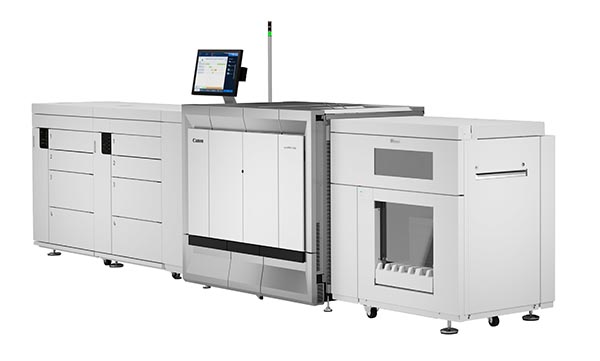Background
 The Labelexpo events are a mainstay for anyone in the label value chain. While Labelexpo is now held as seven different regional events, the two main events have been held in alternating years between Brussels, Belgium, and Rosemont (Chicago). The last pre-pandemic event was held in Brussels in September of 2019. The US event was to be held in September of 2020, but as we all know—in addition to many other industry events—that was not to be. Last year, as the pandemic was subsiding, Tarsus (the group that owns Labelexpo) held a much smaller Label Congress event in Rosemont. That changed this year.
The Labelexpo events are a mainstay for anyone in the label value chain. While Labelexpo is now held as seven different regional events, the two main events have been held in alternating years between Brussels, Belgium, and Rosemont (Chicago). The last pre-pandemic event was held in Brussels in September of 2019. The US event was to be held in September of 2020, but as we all know—in addition to many other industry events—that was not to be. Last year, as the pandemic was subsiding, Tarsus (the group that owns Labelexpo) held a much smaller Label Congress event in Rosemont. That changed this year.
“We’re Back” But Different
This was the rallying cry heard throughout the packed Labelexpo Americas show floor. Apparently, the level of excitement mirrored the general mood of the industry. That doesn’t mean that people weren’t commiserating about the pandemic and supply chain issues, since that was always woven into the discussions. However, taking all of that into account, converters, equipment manufacturers, and suppliers were generally a bit giddy about their growth rates. One of the sessions of the conference included a panel that dug into these and other issues. The representative supply chain panel included Tom Schelmbauer from Mark Andy, Fernando Gabel from All4Labels, Jeroen Diderich from Avery Dennison, and Ken McGuire from Proctor & Gamble. It was moderated by industry veteran Mike Ferrari.
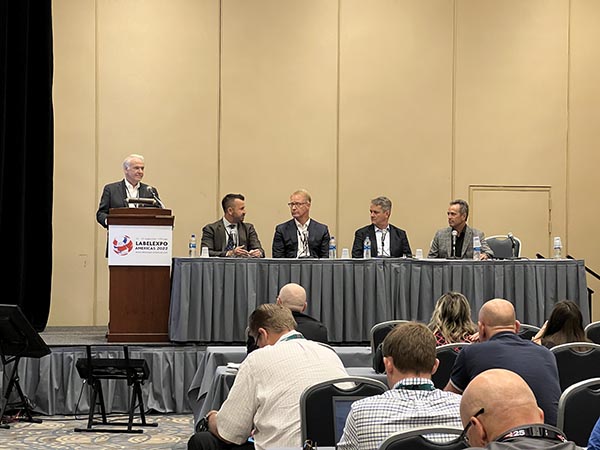
At the beginning of the pandemic, the discussion was around the “new normal,” even though no one really knew what that was going to be. Now that the pandemic is behind us—for all intents and purposes—the new normal is starting to come into focus. While material constraints still exist to a declining extent, the labor deficit, as a result of early retirements and reduced birthrates, isn’t going away. The effect of global events on local and regional business operations is another reality, and while it is evident that adjusting supply chains to more local and regional suppliers is needed, it will only provide limited benefit. There is no turning back from globalization, and the shifting of consumer preferences will continue.
So, the real takeaway of the new normal is that we all will need to be more adaptable in what we do and how we do it. The good news is that this is now becoming recognized by supply chains and consumers. Rapid change is the new normal.
Digital Rules
Before the last Labelexpo, held in Brussels in 2019, there was a fairly defined structure to the label converting technologies: they were either flexo or digital. In label production today, flexo still outpaces digital, although, according to Smithers’ Future of Flexo to 2027 report, it is anticipated that by 2027 they will be about equal in value, but flexo will still provide the production volume share by almost 3:1. The digital transformation handwriting has been on the wall for quite a while, and at the 2019 Labelexpo event we saw a proliferation of hybrid flexo/digital devices. At Labelexpo Americas 2022, while we did see a few of those hybrid presses, we saw a lot more digital “all-in-one” presses. In fact, the term “hybrid” now seems to refer more to print with inline finishing and embellishment than mixed print technologies.
There were a lot of all-in-one presses on the floor, but there were also quite a few that didn’t make it to Labelexpo, but were either announced like the Gallus One, previously announced like the Bobst Digital Master, and others. I will cover some of these all-in-one presses, and the drivers pushing the digital transformation, in more detail in Part 2 next week.
Of course, the big attraction of the event was the HP Indigo V12. I have written about the V12 in the past, initially in May of 2020, and most recently from a visit to the factory in Israel earlier this year. Each time I hear about or see the V12, I can’t help but think about my first introduction to the Jaguar E and subsequent XJ with the V12 engine in 1971—it was exciting to see. It was sleek and fast, and the HP Indigo V12 lives up to that heritage. From the time the Labelexpo event opened until it closed three days later, there was always a crowd around the V12.

I had an opportunity to speak with and interview many attendees and their reaction was usually “I came here to see it” or “I came here to buy it.” In fact, the machine that was on display was sold and will be going directly to a beta site customer in the US (to be named at a later time). Look for those interviews on WTT in the near future.
At Labelexpo 2019, there had been some tentative discussion by label converters about expanding to shrink sleeves and flexible packaging. This year, many of them have already started their expansion or were on the expo floor looking for the equipment to do so.
Not Trying to Embellish the Story, But…
While there were a lot of suppliers of media, ink, accessories, etc. at the event, the other significant presence was of digital finishing and embellishment solutions. In fact, there were too many to detail here so I will cover them in Part 2 next week and in future articles.
Transformation Is Well Underway
The entire expo really highlighted that we are in the middle of a fast-moving transformation. It’s not just the digital transformation of labels and packaging production, it also includes the transformation of how we will be doing business in the future. Rapid change is the new normal.
More to Come…
I would like to address your interests and concerns in future articles as it relates to the manufacturing of Print, Packaging, and Labels, and how, if at all, it drives future workflows including “Industry 4.0.” If you have any interesting examples of hybrid and bespoke manufacturing, I am very anxious to hear about them as well. Please feel free to contact me at david@zwang.com with any questions, suggestions or examples of interesting applications.

